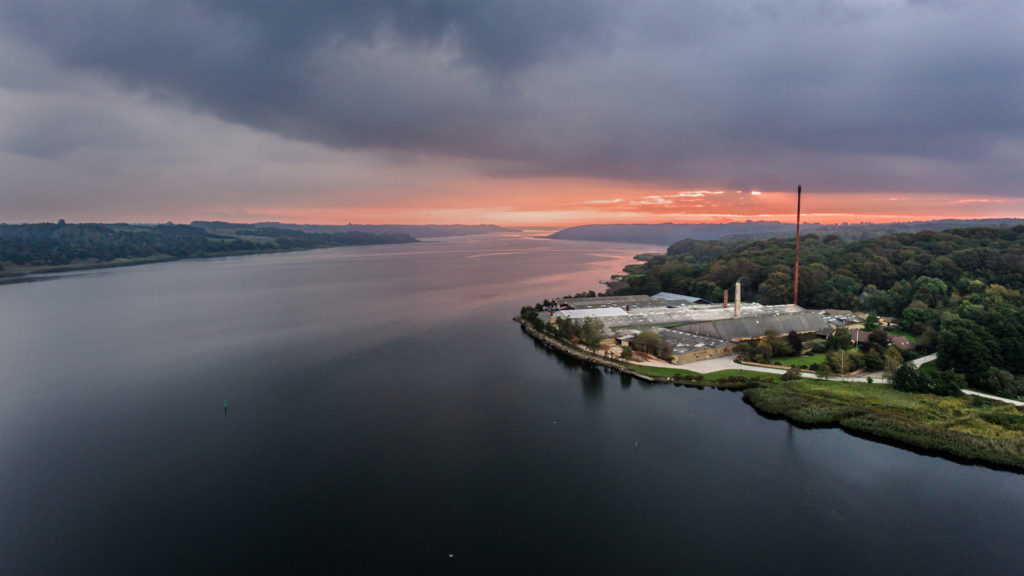CAES in the Netherlands
Corre Energy's flagship CAES project 'ZW1' is strategically located in north-eastern Netherlands. The project has secured co-financing from the Connecting Europe Facility and is an approved Project of Common Interest (PCI). ZW1 has been designated by the European Union as having a significant impact on energy markets and contributing to the EU's climate and energy goals by integrating renewables.
The location of the project ensures proven salt resources and infrastructure, excellent connections to grid, gas and hydrogen supply, and is ideally situated to serve as a storage platform for offshore wind.
Corre Energy has a roadmap of additional CAES and hydrogen storage projects on a global scale.




